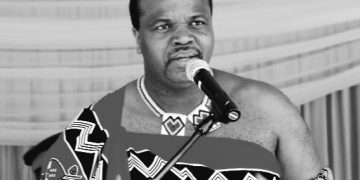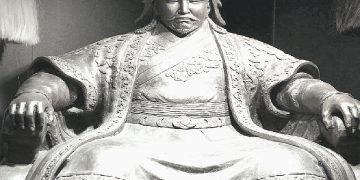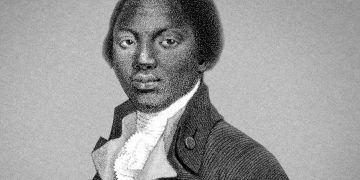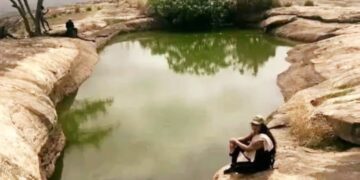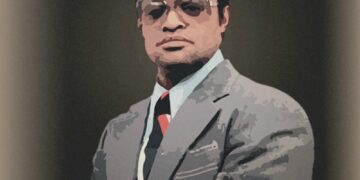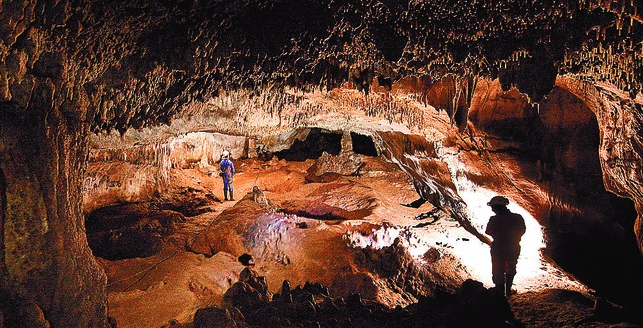Scientists from Germany managed to decipher the DNA extracted from the remains of about 300-400 thousand years old, which is the oldest nuclear DNA of human ancestors. The results of the analysis showed that the ancestors of Homo sapiens separated a long time ago from the ancestors of the Neanderthals and Denisovans into an independent species. The discovery was announced at a conference of the European Society for the Study of Human Evolution and briefly reported by Science News.
Discovered in the famous Spanish burial ground, the Cleft of Bones (Sima de Los Huesos) in the Sierra de Atapuerca mountains, the bones were initially classified by Spanish scientists as belonging to the Heidelberg man (lived in Eurasia 600-250 thousand years ago). This species is considered the ancestor of the Neanderthals, but some scientists attribute it to the ancestors of modern humans. However, in 2013, the mitochondrial DNA (mtDNA) of the remains showed much in common with the mtDNA of the Denisovans – another species of people about whom anthropologists know little about anything.
In subsequent years, paleogeneticists from Germany tried to sequence nuclear DNA. They managed to extract the required amount of material from the tooth and one of the leg bones. And despite the fact that ancient DNA was decomposed into short fragments (from 25 to 40 base pairs), it was possible to conduct a deep analysis. Although difficulties arose – scientists were not able to completely sequence the genomes from the remains, they were able to extract information about one to two million pairs.
This DNA was scanned by Matthias Meyer and colleagues at the Max Planck Institute for Evolutionary Anthropology for unique markers of Neanderthals, Denisovans, and modern humans, and found that the remains of the Cleft contain far more Neanderthal alleles than Denisovan or Homo sapiens.
This means that the ancestors of Neanderthal man separated from the trunk of Homo (including Denisovans) very early (although with later contacts there were limited cases of interbreeding). In addition, Mayer stated that the ancestors of Homo sapiens diverged from the ancestors of the Neanderthals and Denisovans between the 550th and 765th millennia ago – this is 100 to 400 thousand years earlier than scientists thought. Such an ancient separation of the ancestors of Homo sapiens into a separate group forces us to reconsider modern ideas about the evolution of man and his dispersal on the planet.


